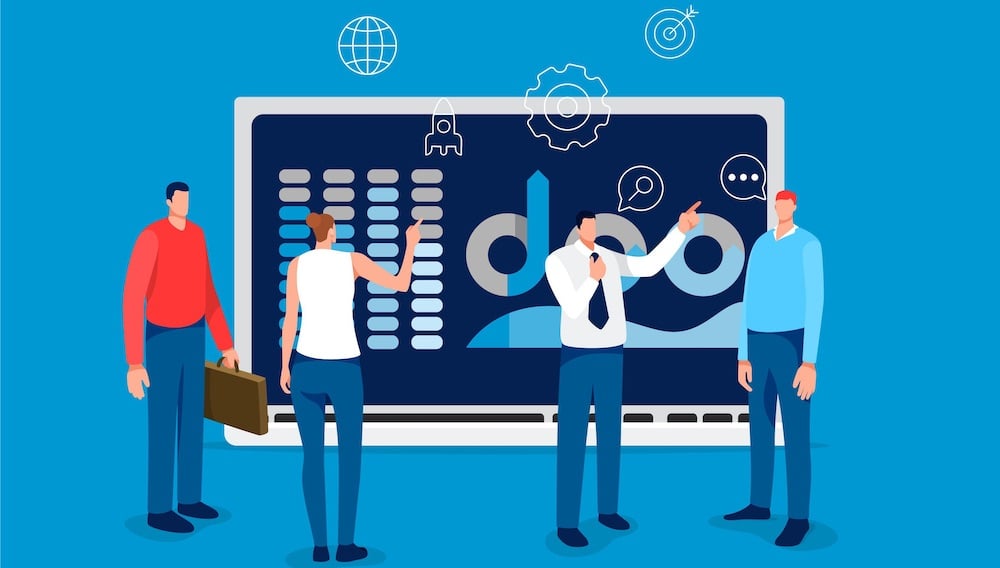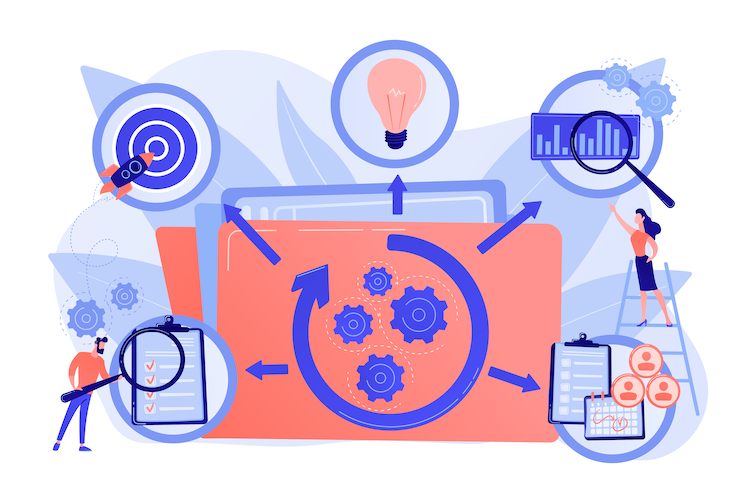Complete Your ERP System With Good Sign Billing Automation
With years of experience with different ERP systems, I still find that they are excellent for many tasks but not for subscriptions and recurring...
2 min read
 Petri Takala
:
Jan 31, 2023 10:27:04 AM
Petri Takala
:
Jan 31, 2023 10:27:04 AM

For businesses that are looking to transform or improve their service pricing and billing, an ERP system may not be enough to handle the complexity of recurring revenue. Despite the fact that a good ERP system is essential for product sales, delivery, and billing, it does not support scalable transformation for services.
ERP systems lack, for example, the features needed for subscription management, service contract lifecycle management, service packaging, and agile pricing. And because ERP systems lack rating for usage data, they are unable to manage even typical service business pricing models more complex than a fixed monthly fee.
If you want to successfully transition into a recurring revenue model, it's important to understand the limitations of your current ERP system and make sure you have the right technology in place to support the pricing model shift.
ERP systems shine when the tasks in question revolve around logistics or manufacturing capabilities. However, when shifting into the service domain, its strengths become its downfall. Because support for usage-based business models is limited in ERP systems, it is suitable as an invoicing tool for only simple service business models.
This lack of suitable capabilities can create expensive problems, such as
With a modern and efficient subscription management platform, companies can quickly respond to customer feedback and changes in the market situation with flexible pricing and agility to respond. This allows for greater flexibility and scalability while providing customers with better quality and better-targeted services.
It will also significantly reduce the number of manual tasks required to process orders and invoices, allowing for increased efficiency and cost savings in the long run. And not to forget reporting important KPIs and all necessary reporting specific to recurring revenue. All of this will result in greater revenue, customer satisfaction, lower churn, better visibility of business fundamentals, and long-term cost savings.
For businesses looking to grow their offerings and monetize through modern usage-based services, ERP systems just won't cut it. Today, ERP systems can be a useful tool but require the help of intelligent automation solutions that can handle data flows from various streams of service management systems and platforms in order to accurately price and bill for services based on business rules.
With an agile subscription management platform, businesses can take advantage of usage-based pricing and enable customers to have more flexible subscription models. This will open up new opportunities for the business and allow it to tap into new markets. Businesses can also stay competitive in a rapidly changing world by offering more attractive pricing models that cater to their customers' needs.
Good Sign works with any ERP, bringing needed capabilities. It connects for example to your SAP, NetSuite, and Microsoft D365, for which we have more details here.
If you feel your billing needs will outgrow your current recurring revenue billing solution, or if you are just curious to learn how Good Sign does things differently, feel free to take us to the test! We will gladly take on your challenge and prove to you it can be done, and that the new world lies beyond just subscriptions.

With years of experience with different ERP systems, I still find that they are excellent for many tasks but not for subscriptions and recurring...

You discovered it's time to update your billing system - a common issue that many businesses face -as the current system is longer meeting your...

A Perfect Invoice That Matches a Perfect Service Experience The rise of servitization in short: changing product-driven business models to more...